The return of cultural fire in this region is a potentially dramatic event. As yet the implications of this practice are not widely known, but it clearly plays a major role in the co management strategy:
– ‘Delivery of Wi [cultural fire in the landscape] by Dja Dja Wurrung People, provides significant opportunities to restore the health of Country, and for DDW People, including youth, to strengthen knowledge transmission.’
There is implied criticism of current DELWP planned burning practice in comments like these in the draft plan:
‘Planned burning is largely centred on fuel reduction—the cultural outcomes, impacts on DDW food and fibre plants and animals, cultural connections and obligations have been little considered. While controlled burning is beginning to integrate DDW cultural practices, fire regimes continue to damage Country. Cultural heritage in the Parks can also be damaged by the use of fire retardants, mineral earth fire breaks, control lines and in some cases the intensity of controlled burns.’ Page 33
Elsewhere in the document we read, ‘When we burn, we start with dead leaves and place them in a circle and make it go outwards … Once the burn gets up a tree, to the yellow leaves it’s no good then.’
These comments are similar to the criticisms groups like FOBIF have made of DELWP practices over the years: they offer hope that indigenous participation may significantly improve management in this area.

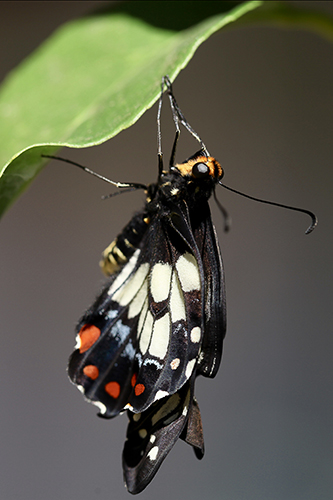
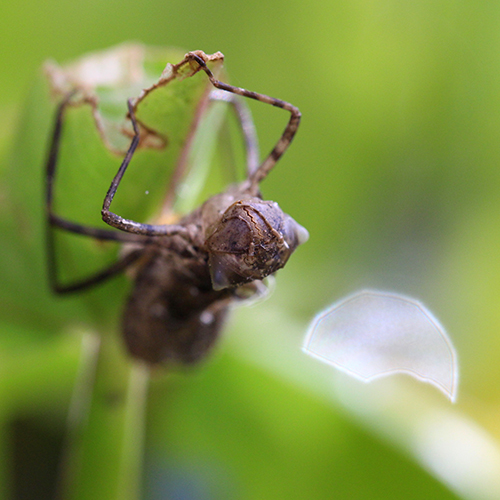
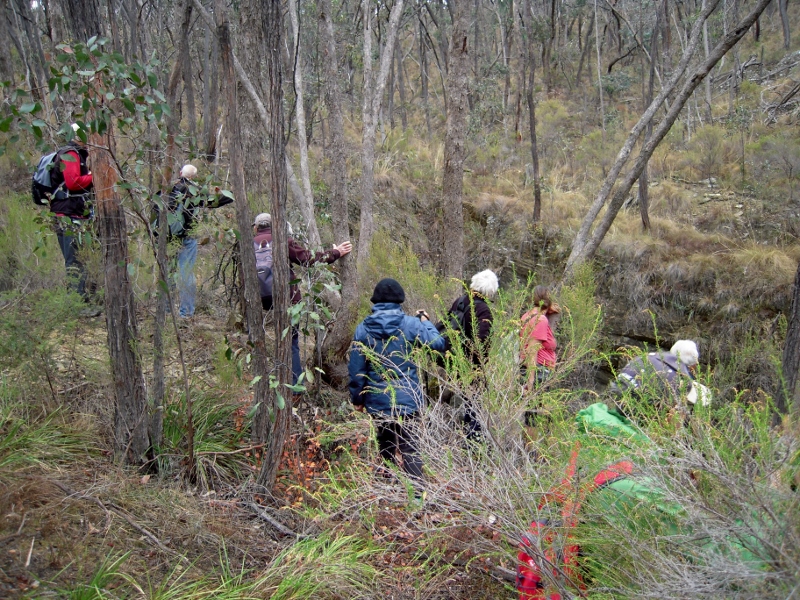
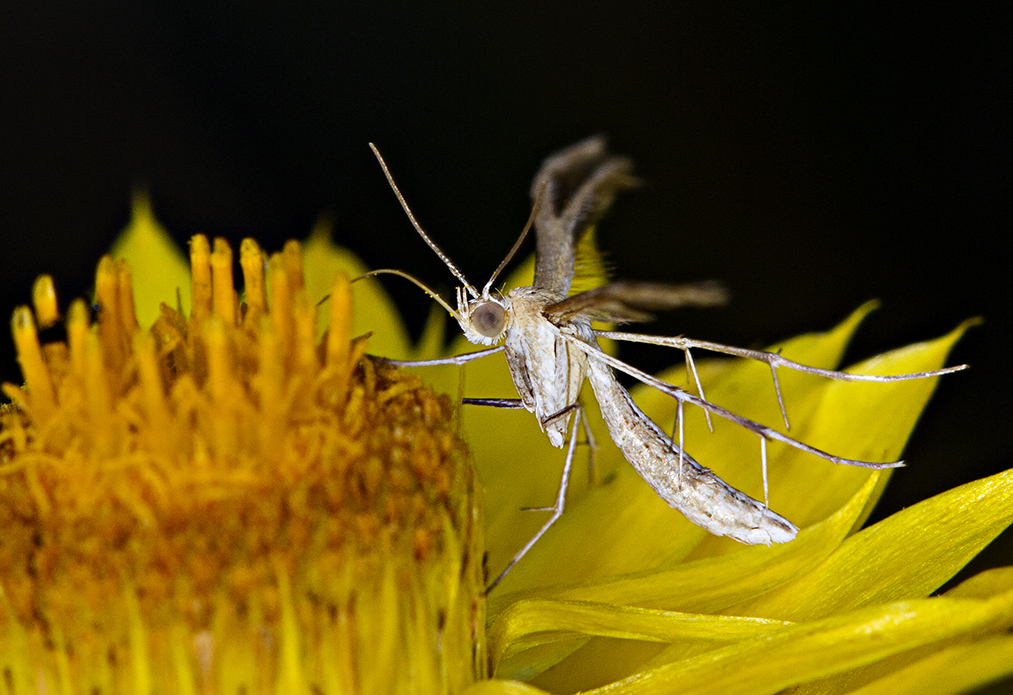
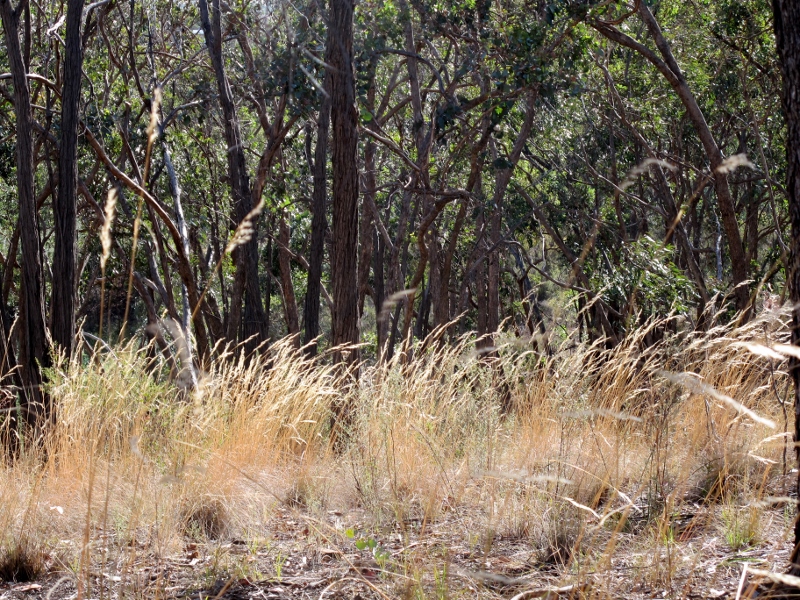
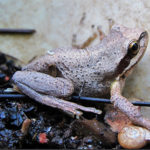
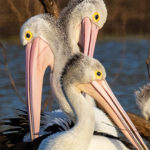
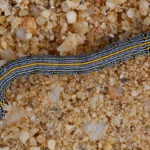
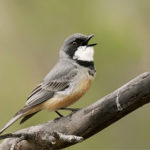
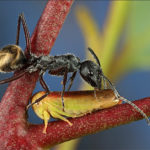
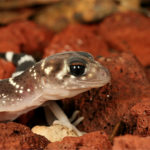
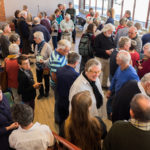


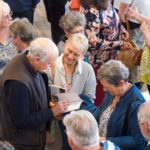
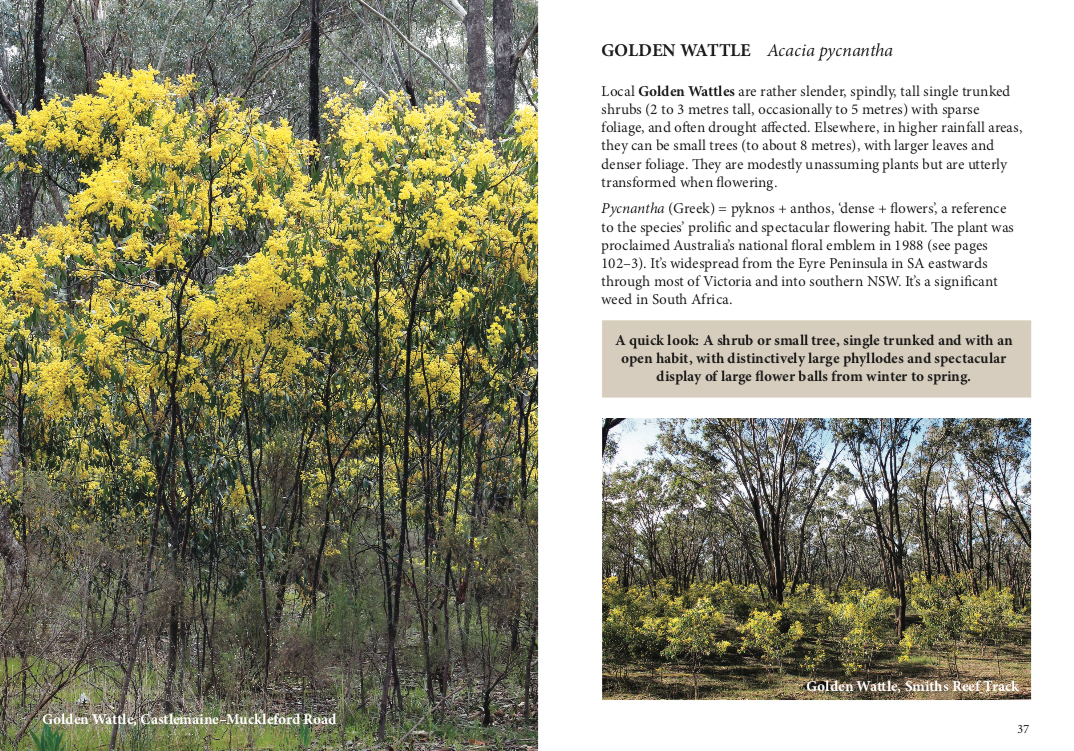
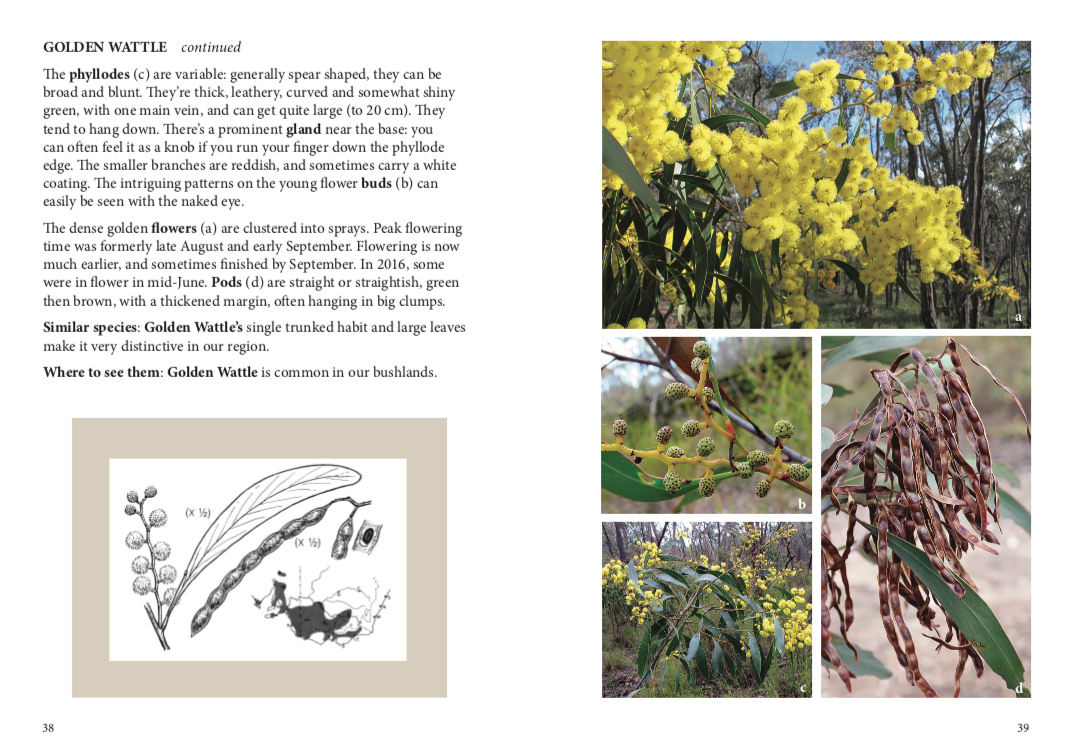



 Click on image for info/order page
Click on image for info/order page Click on image for info/order page
Click on image for info/order page Click on image for info/order page
Click on image for info/order page




















